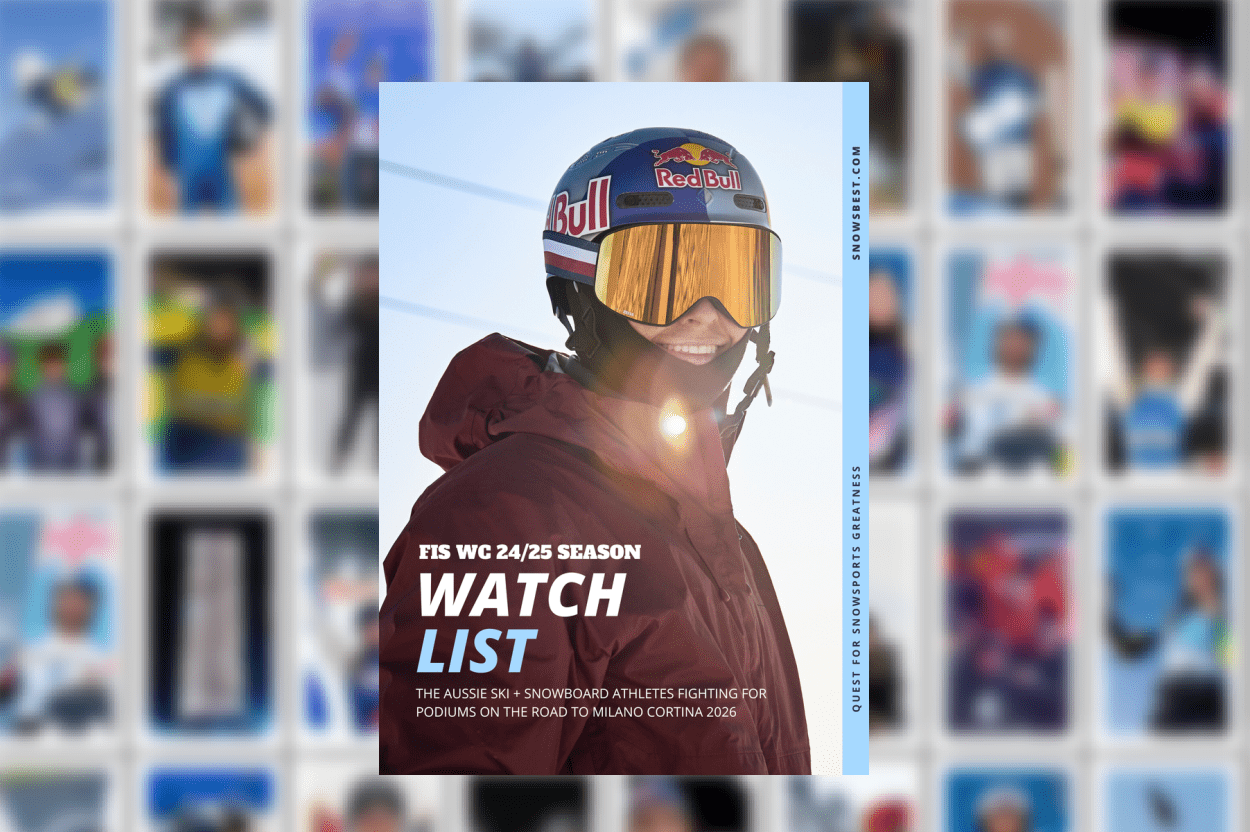Cashed-up and ready to go, winter sports bosses have revealed their frustrations at an almost decade-long wait to have key facilities built in Australia.
While Sunday’s wash-up from Australia’s PyeongChang campaign came with the predictable requests for more government funding, it also spelt out just how difficult it has been to get things done even when money was available.
Team chef de mission Ian Chesterman said Australia urgently required a year-round water ramp facility for freestyle skiing and snowboard training and an Olympic standard halfpipe built in one of the country’s alpine areas.
“The rest of the world is catching up; has caught up, demonstrating the need for our own water ramp facility,” he said.
“Our athletes are committed and excellent but we are struggling to provide an environment that matches those of their rivals.”
Water ramp issues date back prior to the 2010 Games in Vancouver.
On two occasions funding was locked in and sites selected in Brisbane, then Lennox Head, NSW.
But the Queensland plan fell through after a change of government in 2012 and Lennox Head was jettisoned last year amidst complaints from residents about the proposed structure.
There’s also $1 million been set aside for a 22 foot halfpipe but that too has failed to get going, largely because of problems getting clearance to build it at Perisher by the NSW National Parks and Wildlife Service.
If it does go ahead it’s most likely to get built in Falls Creek, Victoria.
[srizonfbvidsingle id=1955512037796423]
As for annual funding, Chesterman again made the case for more money based on results.
While the three medals Australia won in PyeongChang was down from five the previous year at the freestyle skiing and snowboard world championships and in line with what was achieved at the past two Games – he said winter sports compared favourably with athletics and rowing.
Yet snow sports received around $2 million less funding per year.
He was hopeful that the May budget may make up at least some of this shortfall.
Chesterman described the Australian team as the highest quality he’d been involved with.
He pointed to seven top six results and all three medallists being 23 or under.
Knee injuries either before or during competition to the likes of Belle Brockhoff, Brodie Summers, Russ Henshaw, Tess Coady and Jess Rich hurt results, he said.
Realistically however, only snowboarder Brockhoff would have been a good medal chance if fit coming in.
While Chesterman placed much stock in the lack of facilities accounting for no Australian aerials medals in PyeongChang, it was still a major disappointment.
The side had claimed medals in the discipline at every Games dating back to 2002 and with the retirement of Lydia Lassila, potentially David Morris and without a fulltime development program, there may be more lean Games ahead.



































The most cost effective thing Australia could do would be to purchase a large accomodation and classroom facility in a place that already has the natural facilities that are required. Think Whistler (its Aussie now anyway) or Nagano. And then do the same at one location in Australia that can make snow, has a well made terrain park and an ice skating rink (well, that needs to be made). Its a cost effective long term solution that would facilitate an entire winter program. Not everyone will be happy, but everyone will be catered for. The amazing results across the board for the entire team, and the interest of Aussies in general, should surely ensure a continued commitment. For a country that is really a beach, we killed it in the snow.